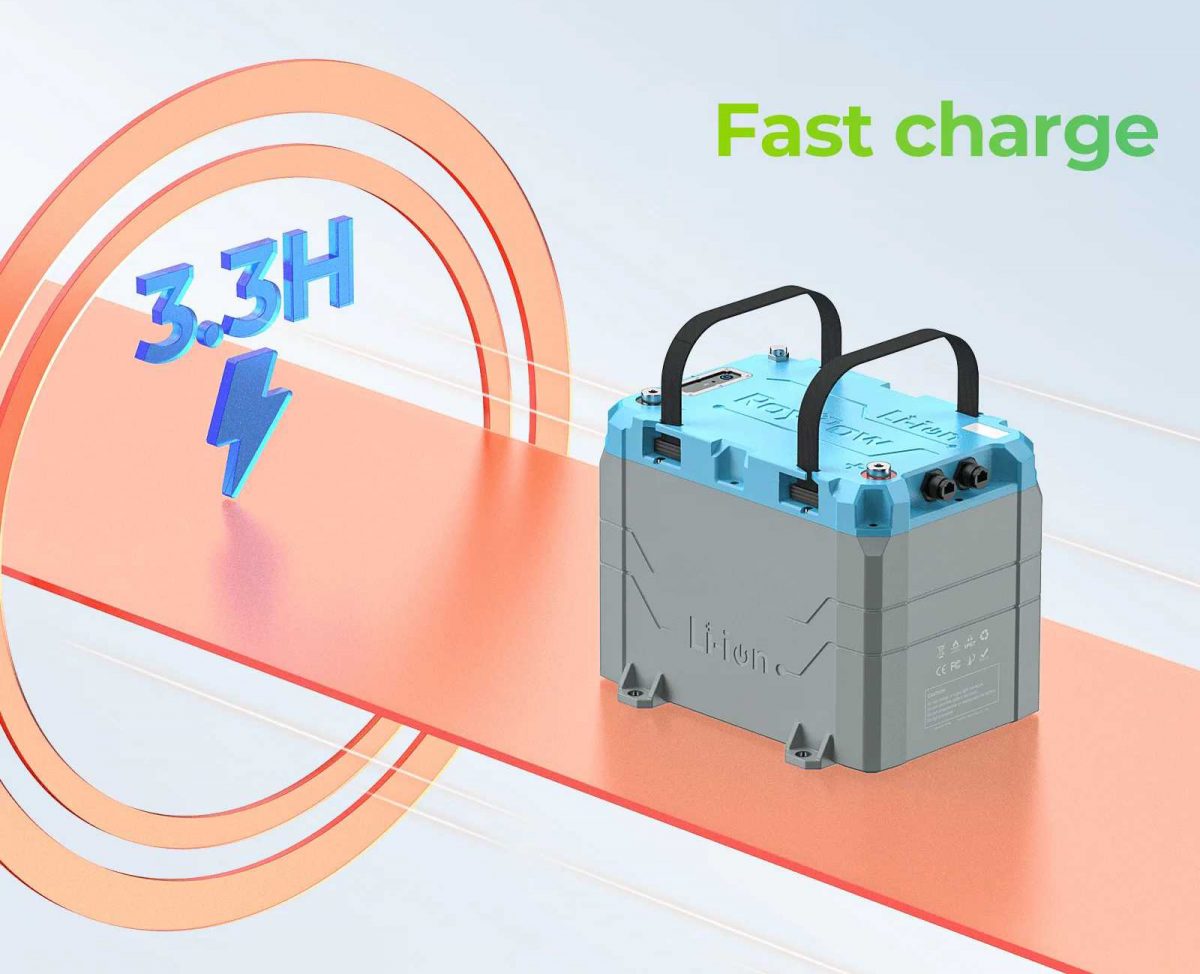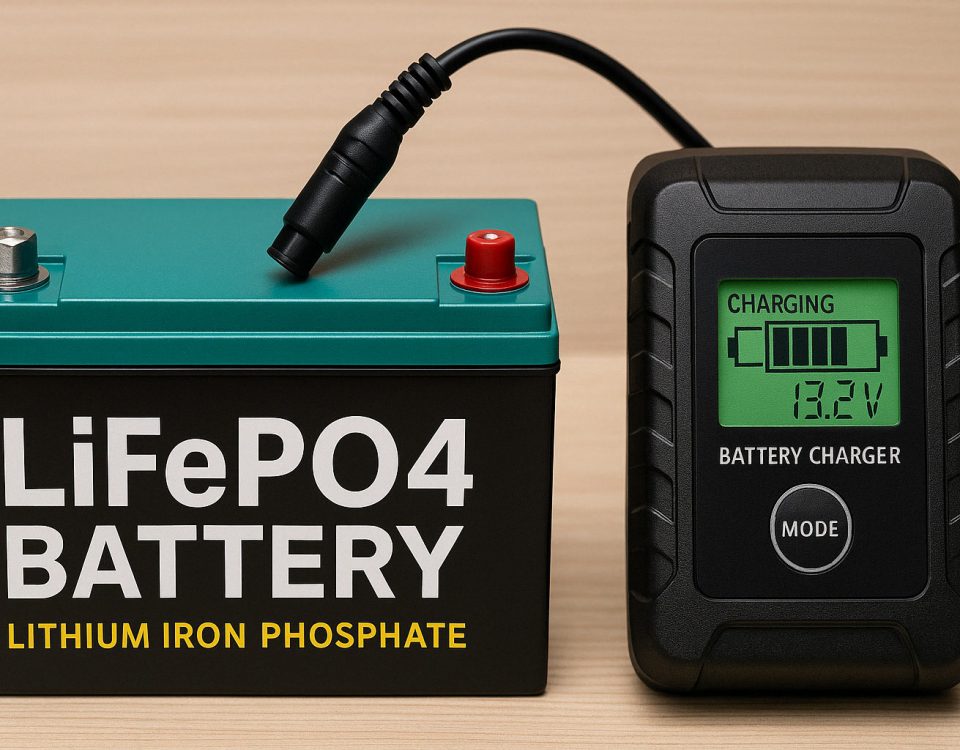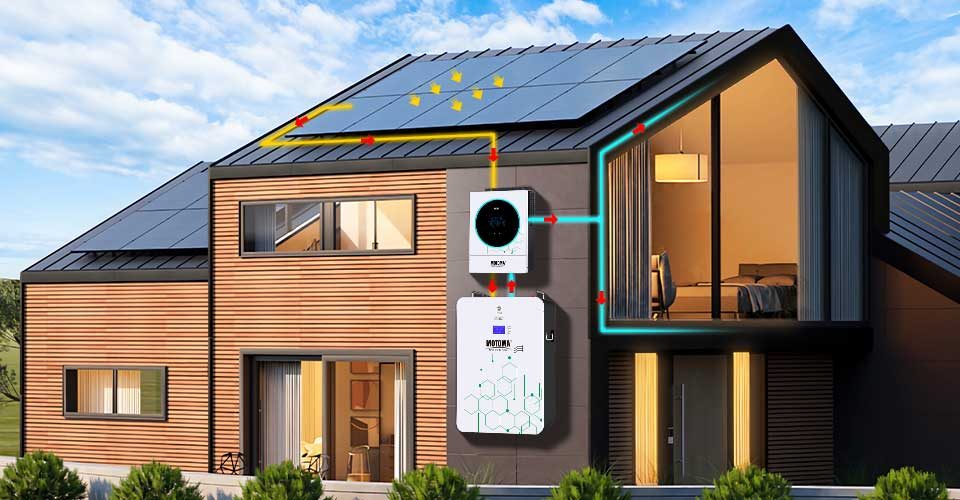In the fast-paced world of electric vehicles (EVs), renewable energy storage, and portable electronics, one of the most pressing challenges has been reducing the time required to charge lithium-ion batteries. Traditional charging methods, while reliable, can take hours, making it difficult to meet the needs of industries that demand quick turnaround times. Enter the world of fast-charging lithium iron phosphate (LiFePO4) batteries, a game-changer in providing high performance with significantly reduced charging times.
Pin LiFePO4 are known for their safety, longevity, and efficiency. With advances in fast-charging technologies, these batteries are poised to address some of the most critical pain points in industries ranging from electric vehicles to energy storage. In this article, we will explore how fast-charging works, compare LiFePO4 batteries to other lithium-ion technologies, discuss the challenges in maintaining battery longevity while improving charging speeds, and look at real-world applications of fast-charging technology.
The Principle of Fast Charging and Its Impact on Battery Performance
Fast charging refers to the ability to charge a battery to a significant percentage of its capacity in a short amount of time. For lithium-ion batteries like LiFePO4, fast charging generally involves increasing the current supplied to the battery during the charging process.
How Fast Charging Works:
- Higher Current: Unlike traditional charging, which uses lower current over a longer period, fast-charging systems push more current into the battery. This enables rapid recharging but can place stress on the battery’s components, particularly the electrolyte and electrodes.
- Hệ thống quản lý pin (BMS): To ensure safe and efficient fast charging, modern batteries, including LiFePO4, are equipped with advanced Battery Management Systems. The BMS controls the charging process by managing the voltage and current to prevent overheating and other potential risks.
- Thermal Regulation: Heat is a natural byproduct of high-speed charging. To counteract this, thermal management systems are used to dissipate heat and prevent the battery from reaching unsafe temperatures.
While fast charging can improve convenience, it does have its trade-offs, particularly when it comes to battery life. Charging a battery at high speeds generates more heat, which can degrade the internal components over time if not properly managed.
LiFePO4 Batteries vs. Other Lithium-Ion Technologies: Fast-Charging Capabilities
When comparing LiFePO4 batteries to other lithium-ion battery types, such as nickel-cobalt-manganese (NCM) and nickel-cobalt-aluminum (NCA), several factors come into play, particularly with respect to fast charging:
LiFePO4 (Lithium Iron Phosphate) Batteries:
- Fast Charging Ability: LiFePO4 batteries are known for their inherent safety and can handle faster charge rates without compromising safety. They generally have a higher thermal stability compared to other lithium-ion types, which makes them more resilient to the heat generated during fast charging.
- Long Cycle Life: LiFePO4 batteries can withstand more charge-discharge cycles (2,000 to 3,000 cycles) compared to NCM or NCA batteries, making them a more cost-effective choice over the long term. This makes them ideal for applications like electric forklifts and energy storage systems, where fast charging is essential but longevity is equally important.
NCM and NCA Batteries:
- Higher Energy Density, Lower Fast Charging Capability: NCM and NCA batteries are often used in high-performance electric vehicles due to their higher energy density. However, they are less suited for fast charging because they tend to heat up more quickly, and the risk of degradation is higher without advanced thermal management systems.
- More Frequent Charging Cycles: While these batteries may offer faster charging times than some other lithium-ion types, they generally have shorter lifespans (around 1,000 to 1,500 cycles) compared to LiFePO4 batteries, which makes them less cost-effective in applications that require frequent charging.
In summary, while LiFePO4 batteries may have a lower energy density than NCM or NCA batteries, their faster charging capabilities, longer lifespan, and superior thermal stability make them an attractive option for various industries.
The Challenges of Fast Charging Technology: Balancing Speed and Battery Longevity
One of the primary concerns with fast charging technology is the impact it can have on battery life. Charging at high currents generates heat, which can accelerate the degradation of the battery’s internal components. Here are some of the key challenges faced by fast-charging systems:
-
Heat Management: As mentioned earlier, heat is a major issue during fast charging. The internal temperature of the battery rises significantly when a large amount of current flows through it in a short time. Prolonged exposure to high temperatures can reduce the battery’s efficiency and shorten its lifespan. Therefore, thermal management systems are crucial to preventing overheating and preserving battery health.
-
Electrolyte Degradation: In high-speed charging, the electrolyte may break down more rapidly. This degradation can lead to the formation of harmful deposits, which can impair the battery’s performance and reduce its lifespan.
-
Maintaining Safe Voltage and Current Levels: Fast charging must be carefully controlled to ensure that the voltage and current stay within safe limits. Overcharging or charging at too high a rate can cause permanent damage to the battery and pose safety risks, such as fires or explosions.
To address these challenges, manufacturers are working on improving battery management systems (BMS) and enhancing thermal management strategies. The development of solid-state batteries is also being explored as a potential solution to improve both the speed and safety of fast charging.
Real-World Applications: Fast Charging in Electric Vehicles and Energy Storage Systems
Fast-charging technology is already being applied in a range of industries, most notably in electric vehicles and energy storage systems. These applications highlight the potential of LiFePO4 batteries to transform sectors where downtime is costly and efficiency is critical.
Xe điện (EV):
- Tesla’s Supercharger Network: Tesla’s Supercharger network is an example of how fast-charging technology is revolutionizing the EV market. While Tesla vehicles predominantly use NCM and NCA batteries, the rapid charging infrastructure exemplifies the growing trend of making electric vehicles more convenient by reducing charging times. LiFePO4 batteries, with their safer and more efficient charging capabilities, could eventually complement this technology, especially in lower-cost EV models.
- BYD’s Electric Buses: Chinese automaker BYD has adopted LiFePO4 batteries in its fleet of electric buses. The buses can be charged quickly and safely, providing a solution for cities that require a fast and reliable transportation network. The fast charging capability ensures that these buses can operate efficiently on tight schedules without downtime.
Energy Storage Systems:
- Grid Storage: In renewable energy storage applications, LiFePO4 batteries are used to store excess power generated by solar panels and wind turbines. Fast-charging capabilities allow energy storage systems to quickly charge and discharge as needed, balancing supply and demand on the grid.
- Residential Storage Solutions: Companies like Tesla and Sonnen have developed home energy storage systems that incorporate fast-charging technology to allow homeowners to store renewable energy efficiently. Pin LiFePO4 are increasingly being used in these systems due to their safety, long lifespan, and fast-charging capabilities.
Future Prospects: Further Enhancing Charging Speed and Reducing Time
As the demand for faster, more efficient charging increases, the development of next-generation fast-charging technology is a top priority for battery manufacturers. Some of the promising advancements include:
-
Improved Thermal Management: Advancements in cooling technologies and materials that better dissipate heat could help maintain battery integrity during fast charging. Liquid cooling, graphite-based systems, and even phase-change materials are being explored for these applications.
-
Pin thể rắn: The future of fast charging may lie in solid-state batteries. These batteries use solid electrolytes rather than liquid ones, allowing for faster charging times and higher energy densities. While still in the experimental stages, solid-state batteries hold promise for revolutionizing fast-charging technology.
-
AI and Smart Charging Systems: Artificial intelligence (AI) could play a role in optimizing the charging process. Smart charging systems that adapt in real-time to the battery’s condition, temperature, and charge level could ensure optimal performance while minimizing the impact on battery life.
Phần kết luận
Fast-charging LiFePO4 batteries are poised to revolutionize the way industries think about energy storage and power delivery. With their ability to charge quickly, maintain efficiency, and provide long-lasting power, LiFePO4 batteries offer significant advantages over other battery types, particularly in sectors like electric vehicles and energy storage systems. While there are challenges to overcome, such as managing heat and preserving battery life, the future looks promising with ongoing advancements in battery technology.
Giới thiệu về RICHYE
RICHYE is a leading manufacturer of lithium-ion batteries, specializing in the production of high-quality LiFePO4 batteries. Known for their reliability, safety, and performance, RICHYE’s batteries provide cutting-edge energy solutions across various industries, including electric vehicles, energy storage, and industrial equipment. RICHYE’s commitment to innovation ensures they continue to meet the evolving demands of the global battery market.




